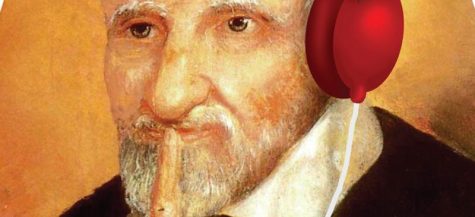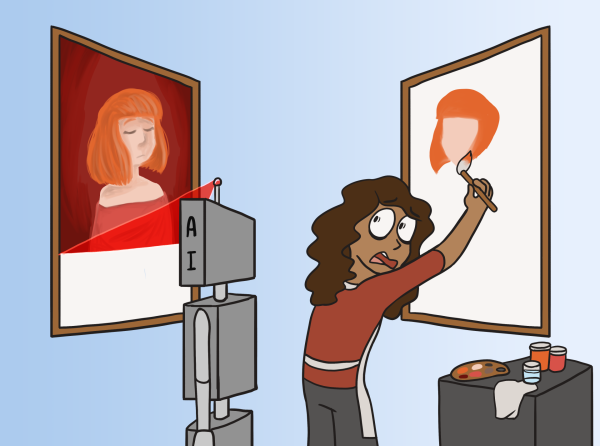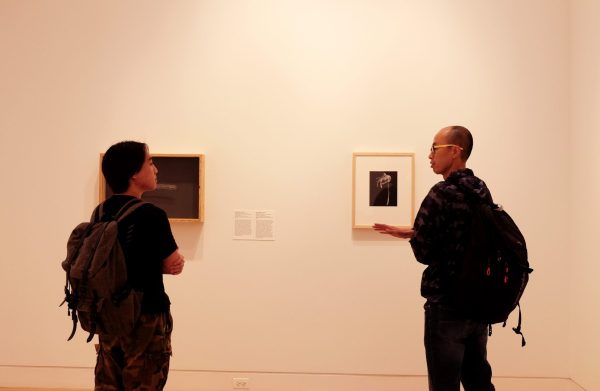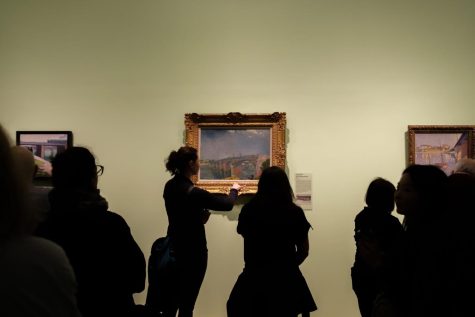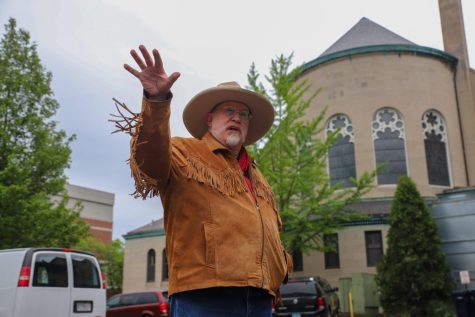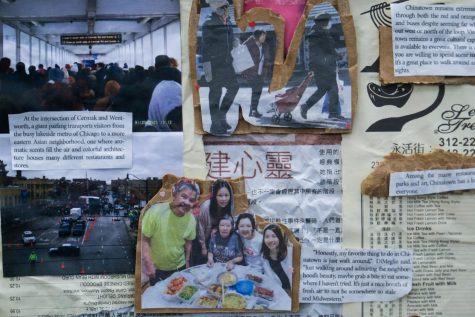“The Art of Banksy” in Chicago
While his true identity remains a mystery, the graffiti artist known only by the mononym Banksy has risen to international acclaim.
Little is known about the artist save for speculation surrounding his place of birth (Bristol, England) and his penchant for social commentary which is displayed through his art.
Pieces like “Save or Delete,” “Rage, The Flower Thrower” and “Di-faced Tenner” are responses to deforestation, the Palestinian conflict and the royal family’s treatment of Princess Diana.
As the artist no longer publicly sells his work (though he still creates public displays), Banksy enthusiasts and collectors have come together to create “The Art of Banksy,” an unauthorized exhibition of over 80 Banksy originals amounting to an estimated total worth of $35 million.
The exhibition made its way to Chicago in August and had its final showing in the city on Oct. 31. While his pieces are shared widely on the internet, the exhibition allowed for Banksy fans to see authentic pieces from private collections in person for the first time.
Banksy may be known for his graffiti, but the pseudonymous artist works in a multitude of mediums. He has produced a documentary, a book, postcards, album covers, a theme park and at one point, he owned his own print shop called Pictures on Walls.
All of these works and more were on display at “The Art of Banksy” exhibition. The collection contained pieces spanning over 20 years of Banksy’s career, including works from gallery showings, screenprint runs and memorabilia from his public art stunts.
Upon walking into the exhibition, visitors were greeted with a stenciled statement which read: “At this point it is worth clarifying, Banksy himself has given no acknowledgement about this exhibition, nor does he endorse or authorize it in any way.”
Nicholas Fasolt, a visitor at the exhibition, was surprised by the high cost of admission.
“It was overpriced, which seems counter to Banksy’s message,” Fasolt said.
Tickets for “The Art of Banksy” ranged from $55 to $70. In comparison, Banksy’s public art installations are free to view.
The exhibition, however, was not created for profit.
According to Ian Ellis, the curator who narrated the exhibition’s audio tour, all proceeds are going to Love Welcomes, a charity that Banksy has publicly endorsed. The organization sells and supports art created by female refugee artisans.
Juan Davis, longtime Banksy fan and a native of Compton, California, flew out from Los Angeles to see the exhibition. It was everything that he expected it would be. He took advantage of the photo opportunities at the exhibition and purchased several prints from the gift shop.
“It was great; it had everything,” Davis said. “The only thing I thought might be there that wasn’t was the Simpsons collab. I thought they might show it on a TV screen.”
While Banksy’s opening “couch gag” sequence was not shown, several video interviews with Ben Eine, Banksy’s screen printer and co-founder of Pictures on Walls, were displayed across the gallery.
Eine provided anecdotes about his time spent working with Banksy, notably choosing to omit the artists’ name and censoring it himself by voicing the word “bleep.”
Banksy’s commitment to anonymity is a large part of his appeal to fans.
“Most artists want their works to be famous and to become famous themselves,” said Jackie Xu, a visitor at the exhibition.
She noted that it was admirable for an artist using such a public medium to lead such a private life.
Despite “The Art of Banksy” featuring the largest collection of Banksy originals ever assembled in one place, the artist has not publicly commented on the exhibition.
Perhaps Banksy is offering his silent approval, or perhaps his silence is not a statement at all but a continuation of his commitment to privacy.


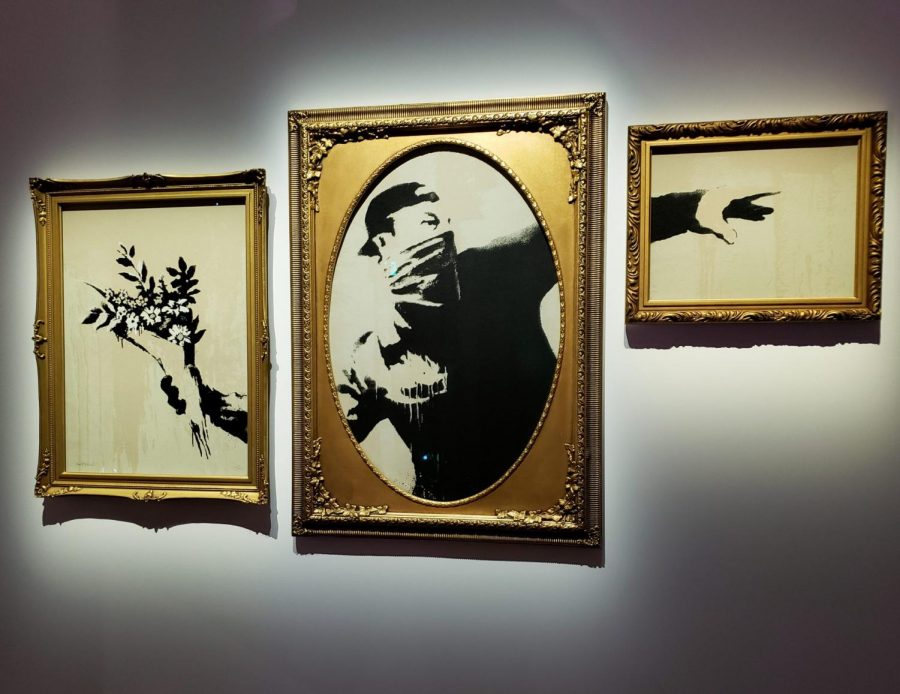

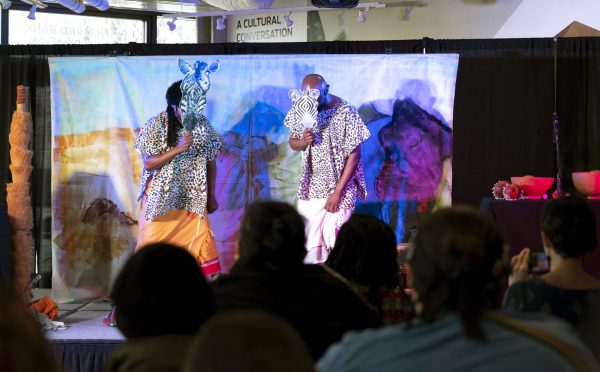
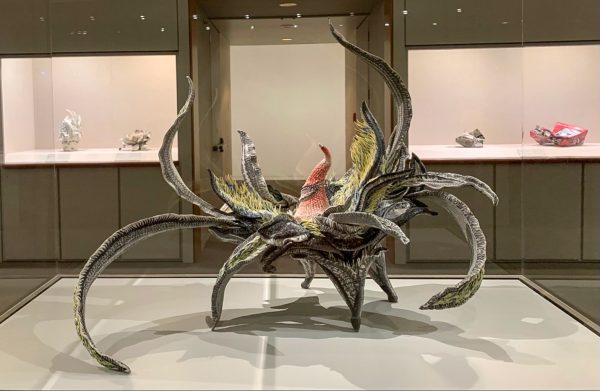
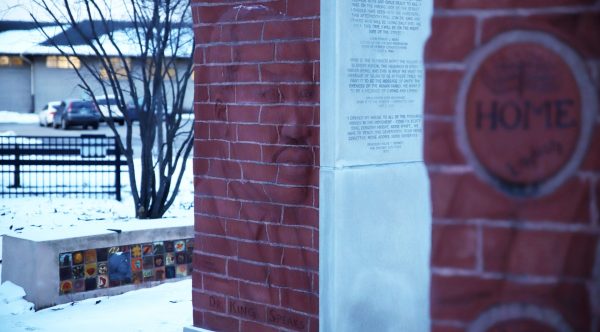


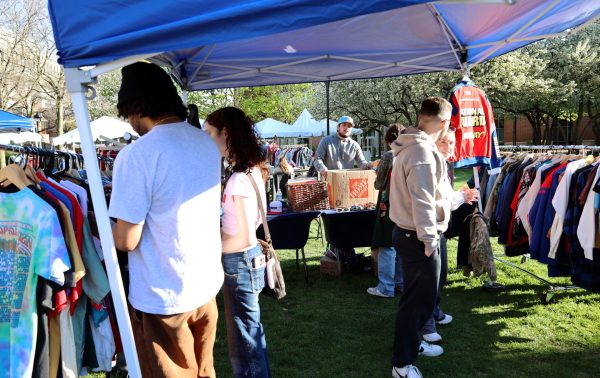

![DePaul sophomore Greta Atilano helps a young Pretty Cool Ice Cream customer pick out an ice cream flavor on Friday, April 19, 2024. Its the perfect job for a college student,” Atilano said. “I started working here my freshman year. I always try to work for small businesses [and] putting back into the community. Of course, interacting with kids is a lot of fun too.](https://depauliaonline.com/wp-content/uploads/2024/04/ONLINE_1-IceCream-600x400.jpg)
